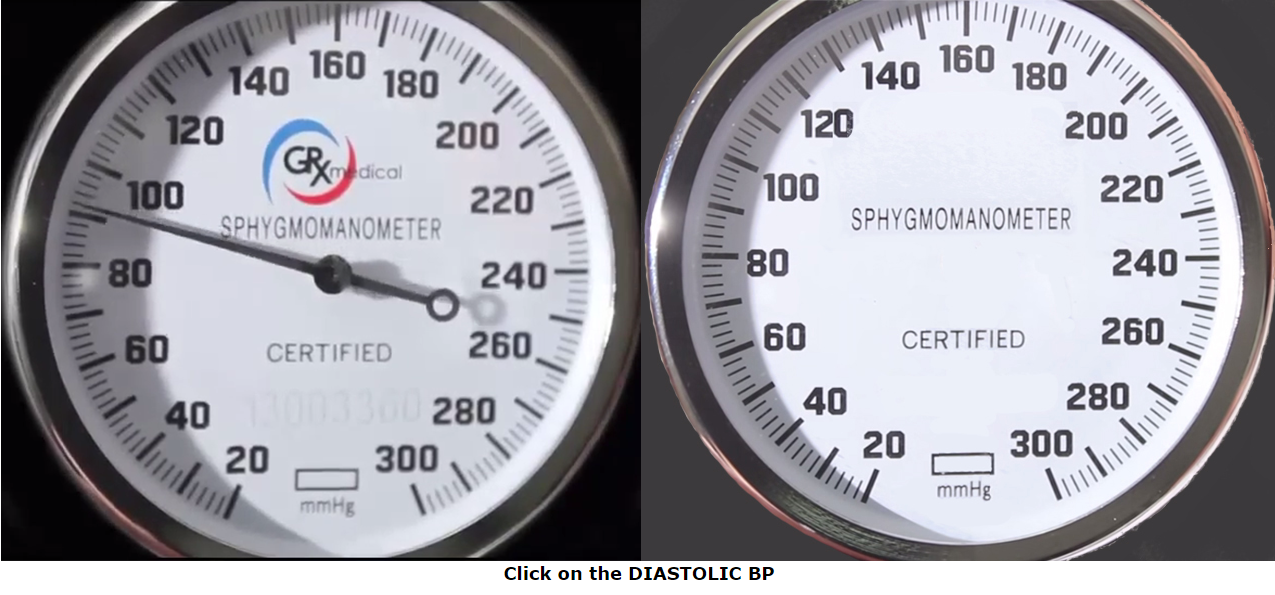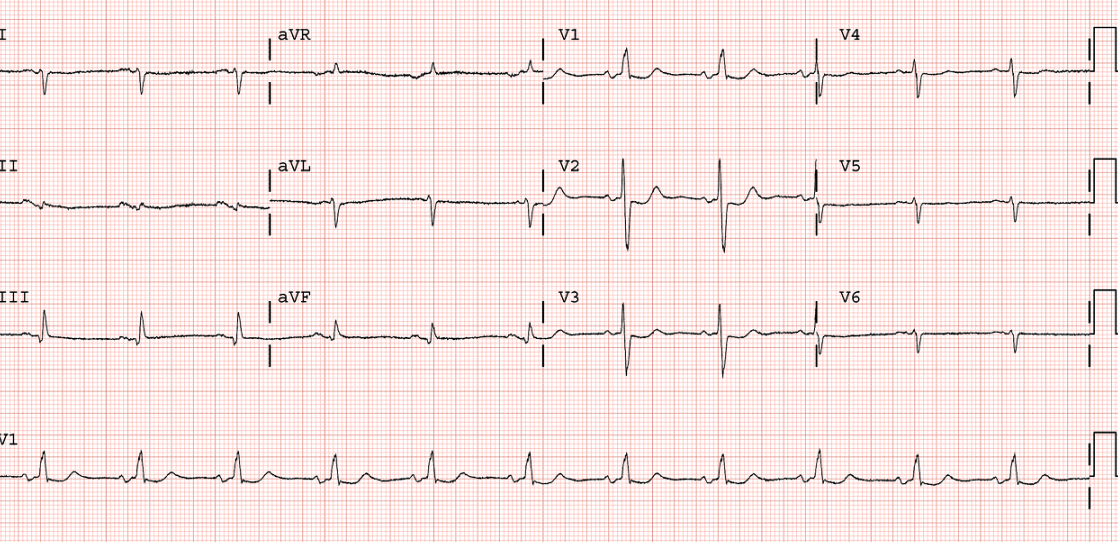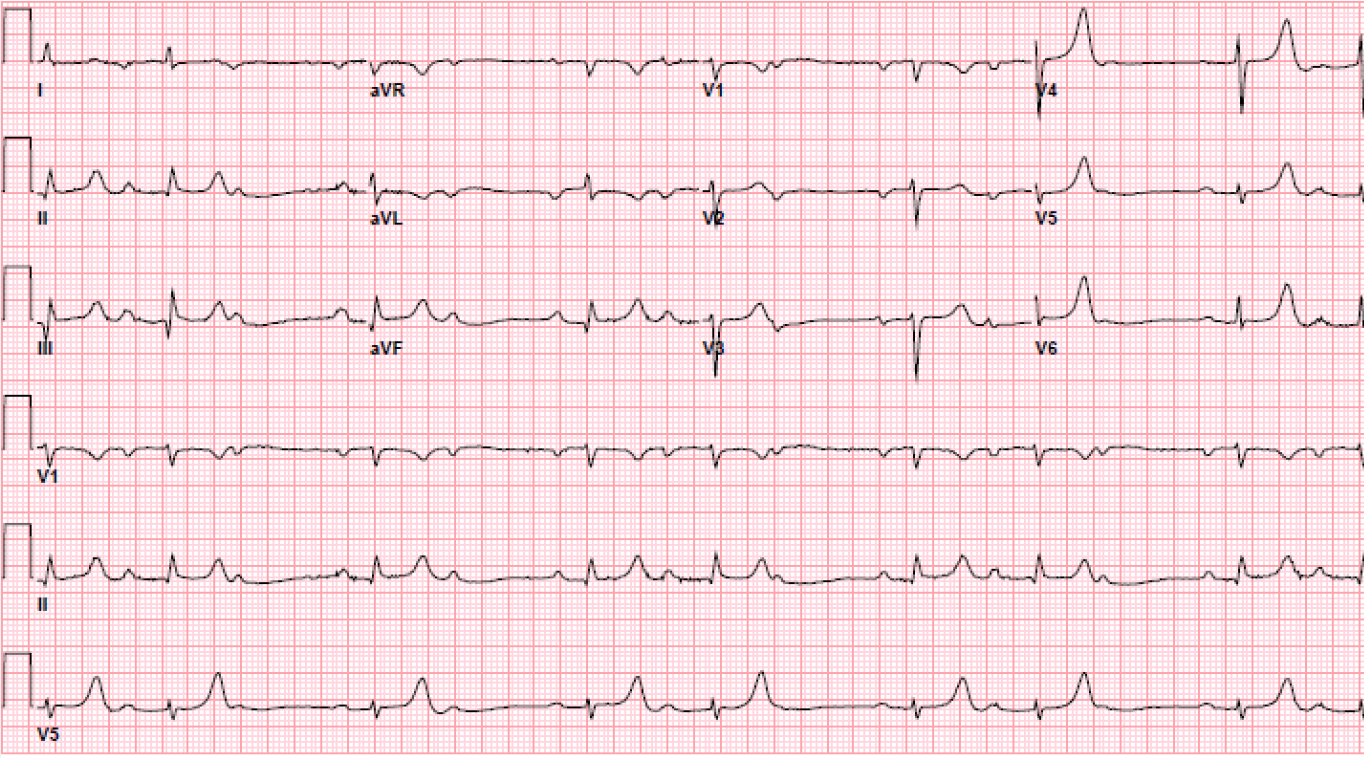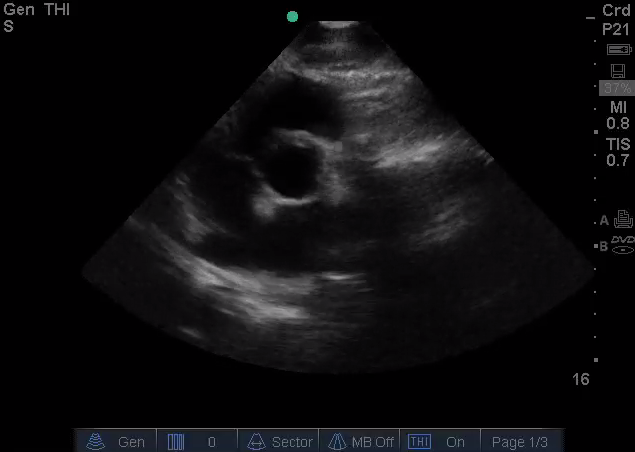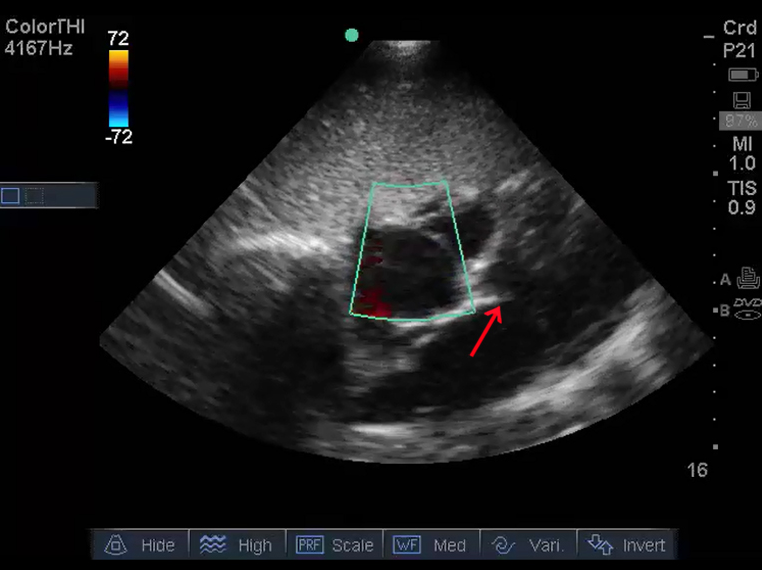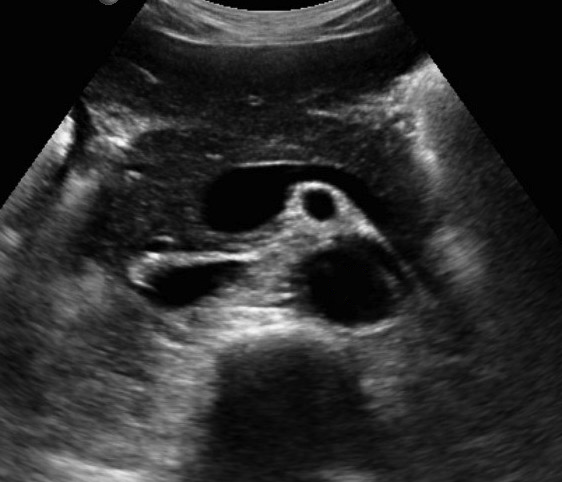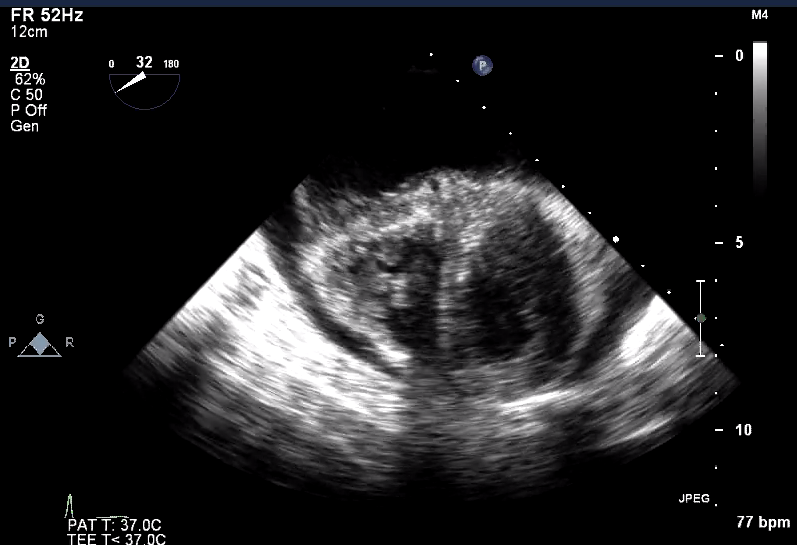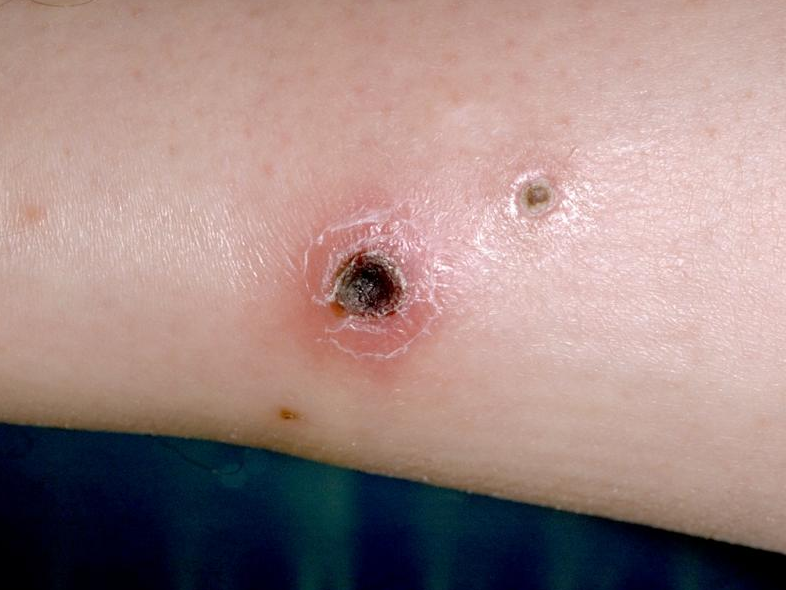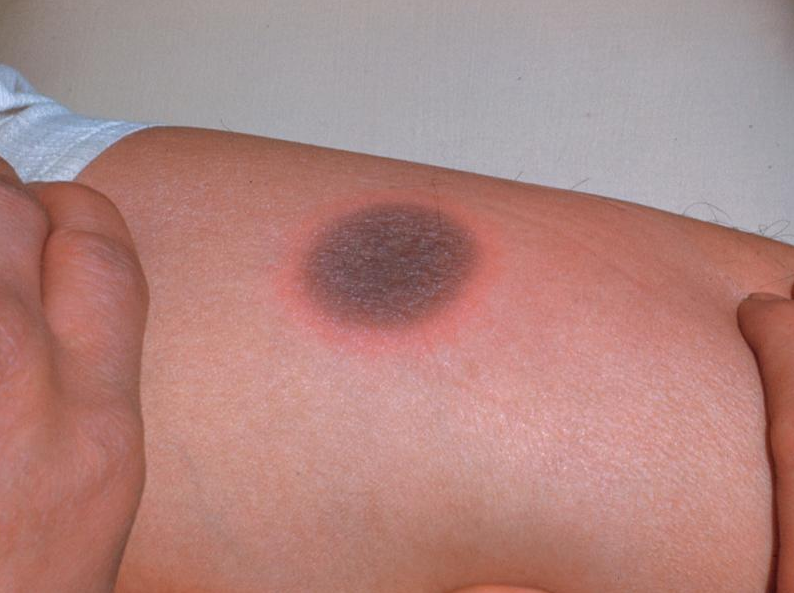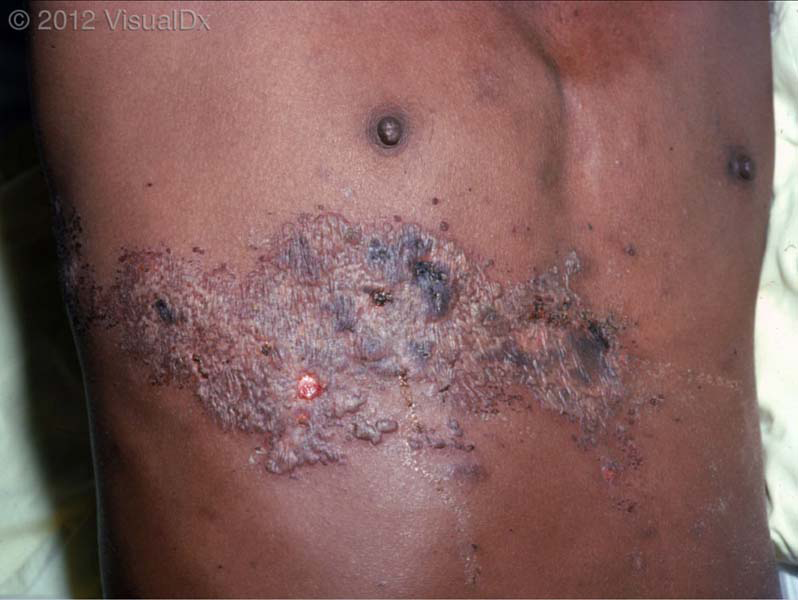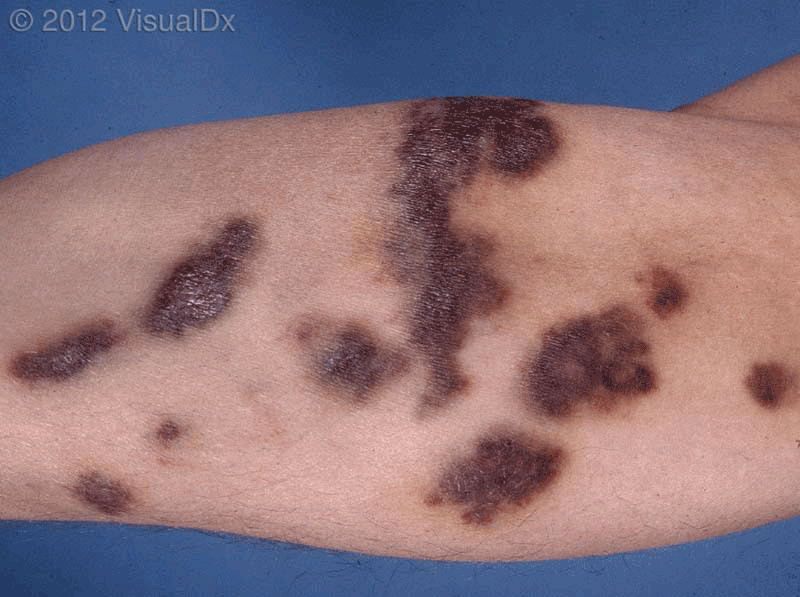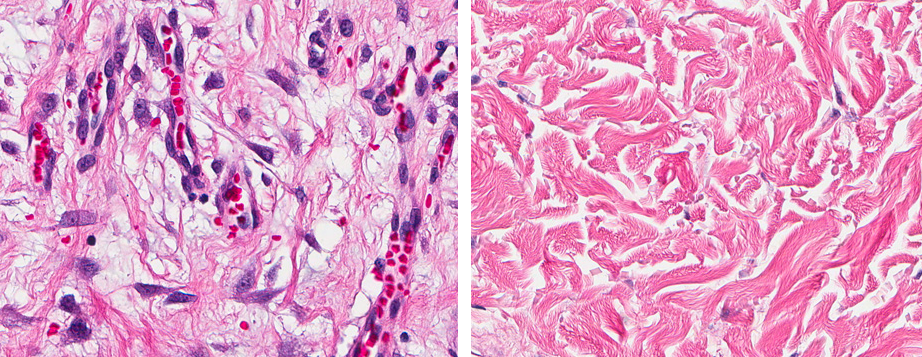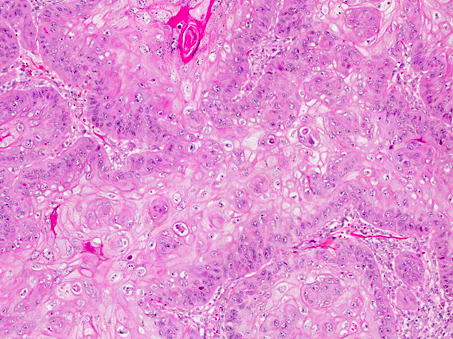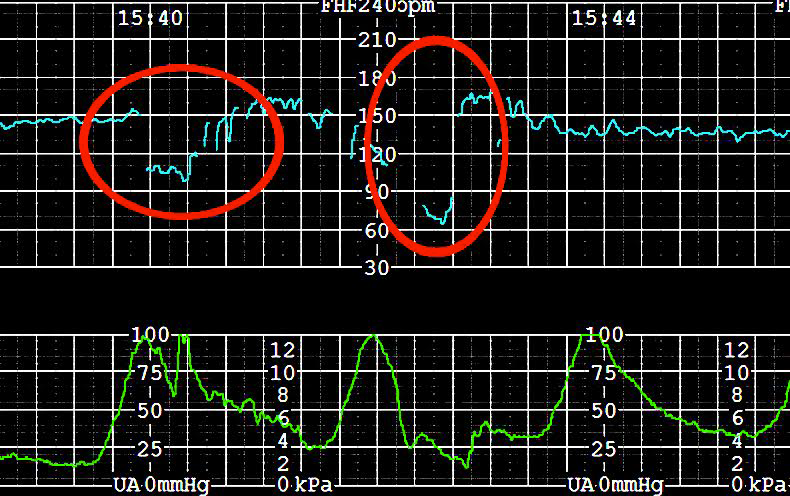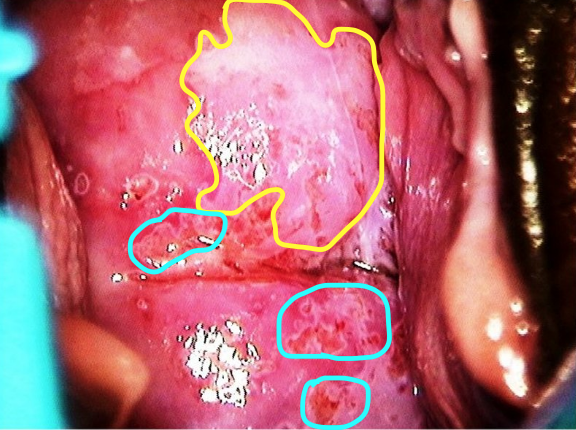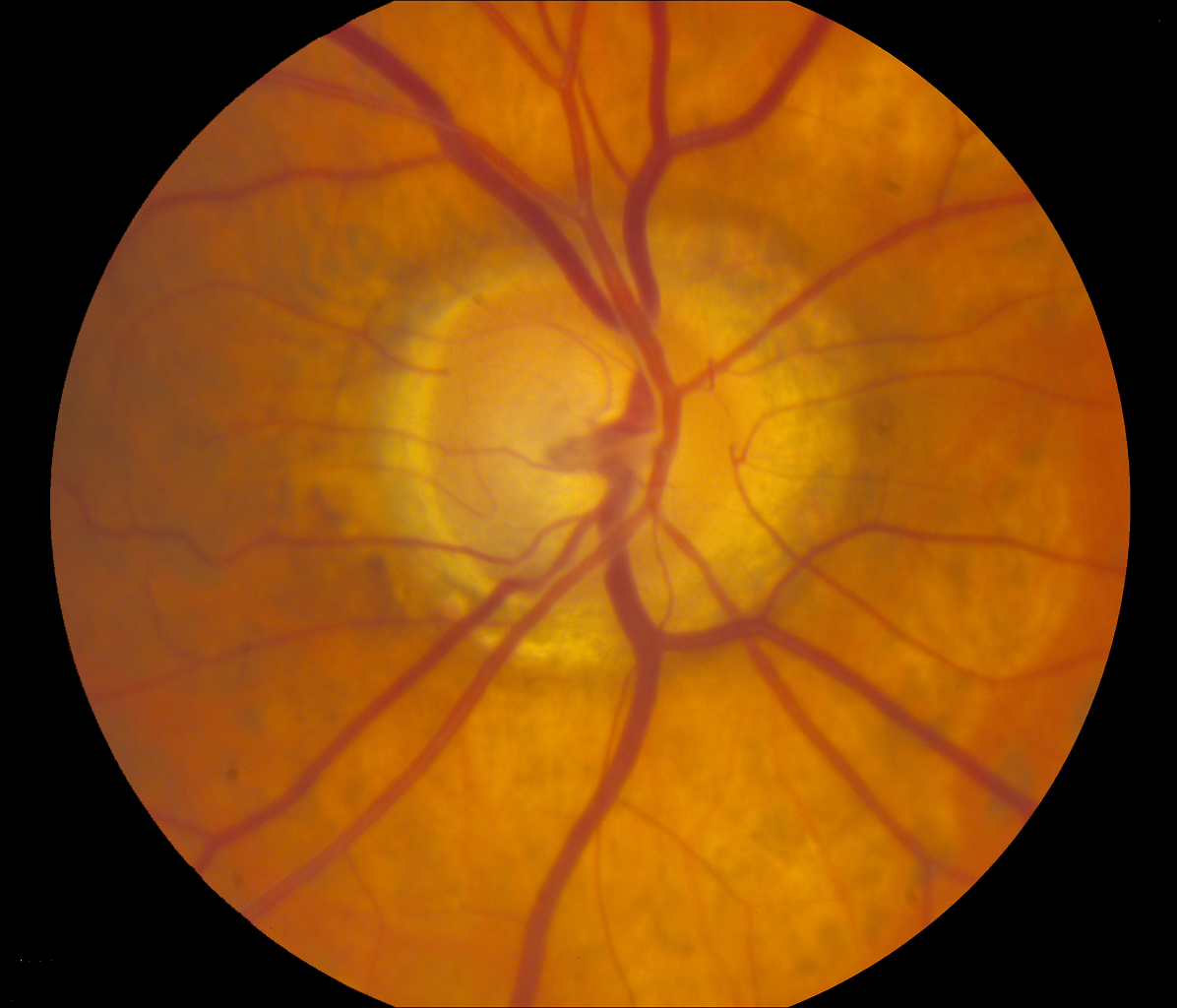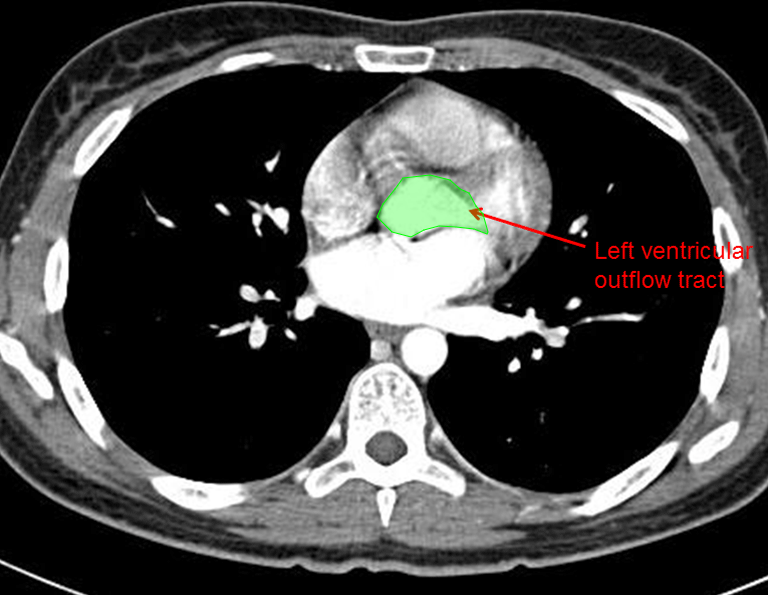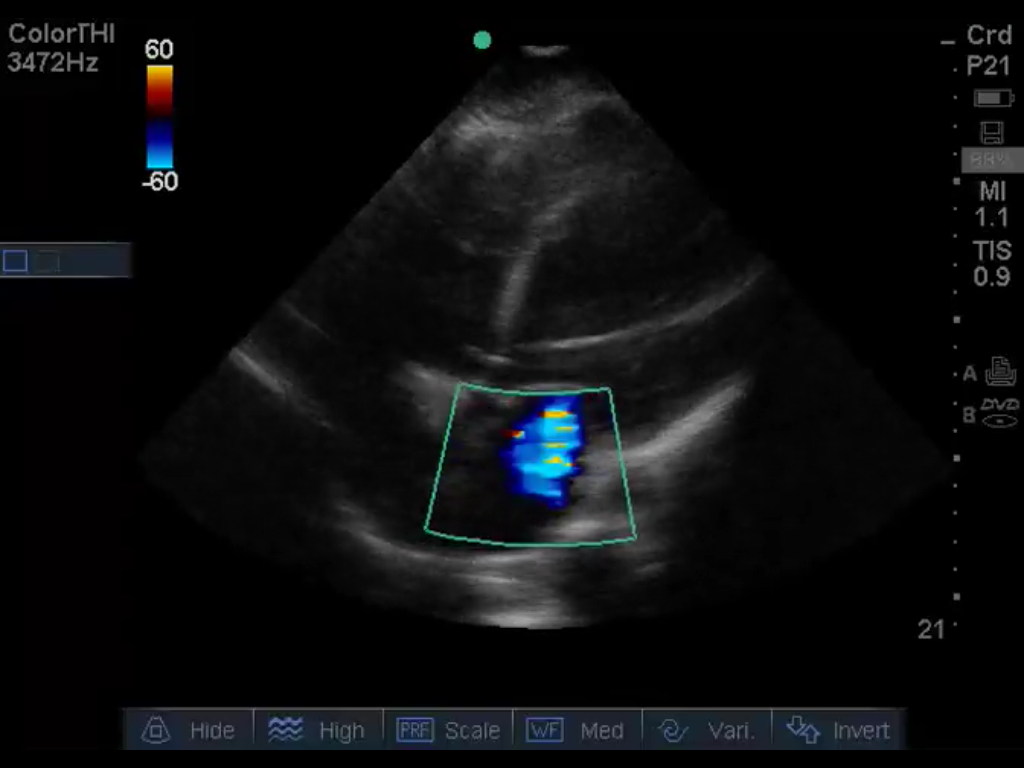PALM Suites
Anatomy
This large collection of PALMs trains recognition of human anatomic structures, divided according to anatomic regions and systems. The images are collections of views from Primal Pictures’ 3D Real-time content, accessed via the Anatomy.TV website and are grouped according to the division of regions on that site. These Anatomy PALMs can be used either as stand-alone products or as learning and assessment accompaniments to material on the Anatomy.TV site.
Cardiology
This collection includes PALMs for training interpretation of clinical tests related to diagnosing cardiac abnormalities. Examples of such tests are blood pressure determination, 12-lead ECG, bedside cardiac ultrasound, and transesophageal echocardiography.
Dermatology Free
This collection trains the vocabulary for describing skin lesion morphologies, configurations and distributions as well as identification and discrimination of common dermatologic disorders. PALMs for mixed skin types as well as those specific to dark skin are included.
Histopathology
This collection trains users to distinguish among the basic pathologic processes of cell & tissue injury/repair, acute inflammation, chronic inflammation, and neoplasia as well as normal histology.
Obstetrics & Gynecology
This collection uses PALMs to train interpretation of common clinical tests and measurements made during gynecologic examinations, pregnancy and childbirth. Examples are interpretation of fetal heart rate patterns and colposcopy images.
Ophthalmology
This collection uses PALMs to train recognition of basic pathologies of the eye and its associated tissues. An example is the discrimination of optic nerve abnormalities.
Radiology
This collection aims to train identification of normal anatomy based on CTs and plane field xrays as well as training interpretation of pathologies present in these images.
Ultrasound
This collection focuses on training identification of ultrasound views (planes) and normal anatomical structures along with discriminating pathologies present in ultrasound images and video clips.
